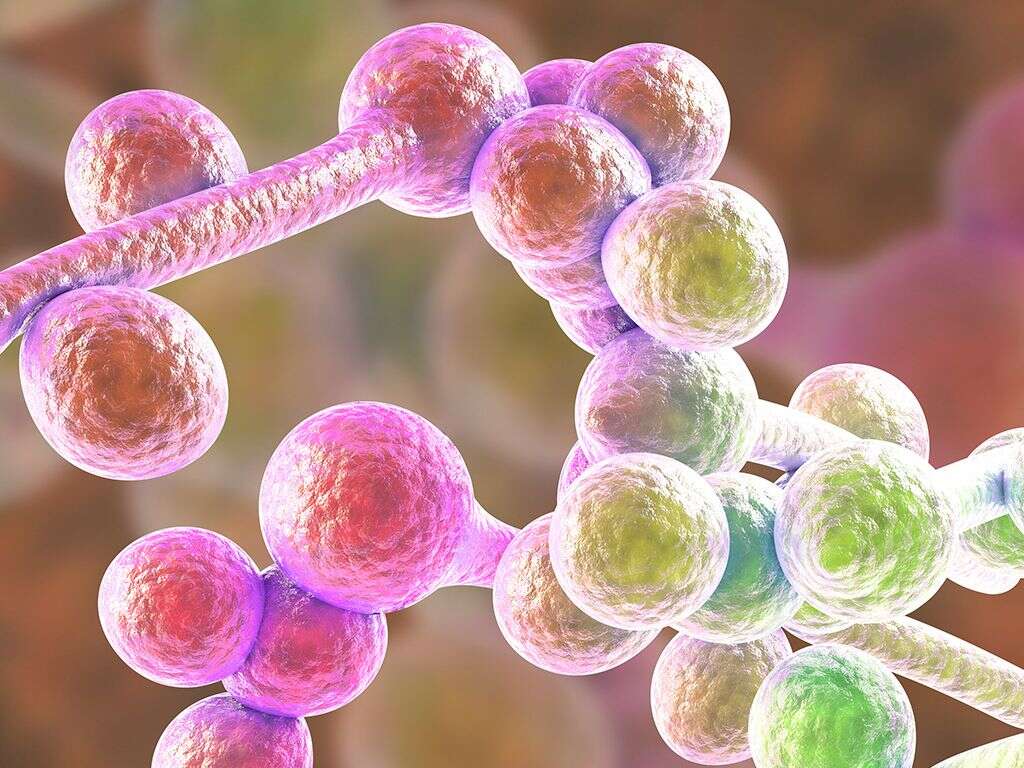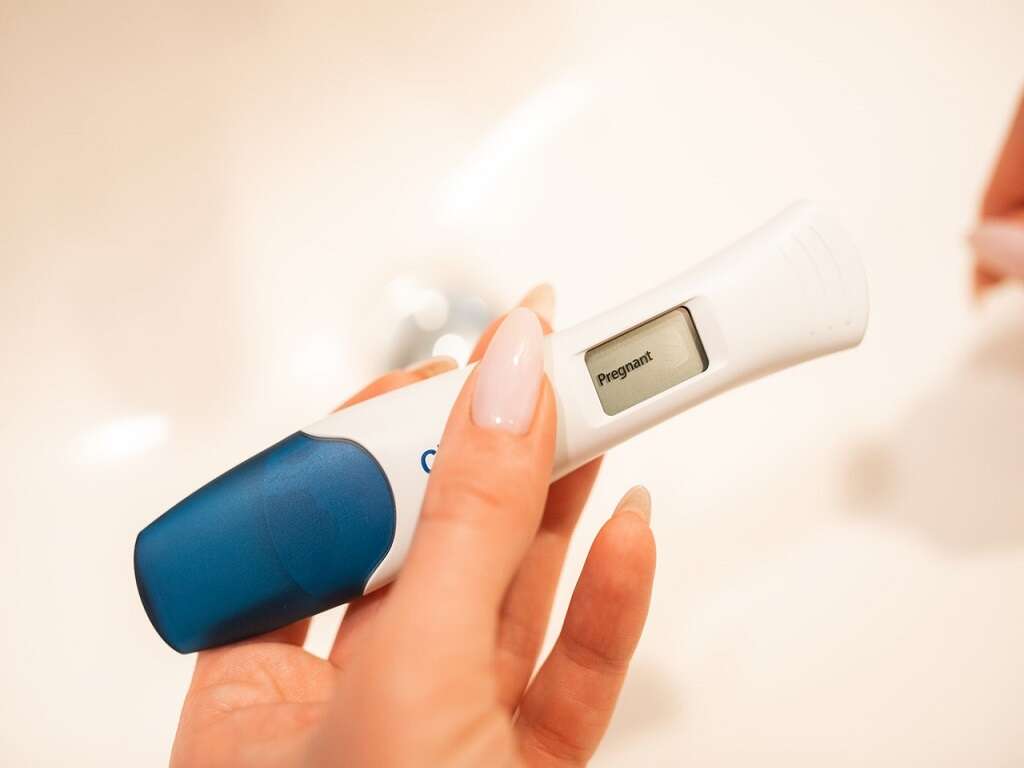What Is a Yeast Infection?
Yeasts are tiny organisms that are classified as a type of fungi. They are common, and are used in various ways in cooking. Many of them are very useful to us, but they will sometimes cause problems. Yeasts can even sometimes cause infections in our bodies.
Because yeasts are common, yeast infections are also common. In many cases, a yeast infection is easily caught by contact with another infected person. However, some infections can take place without any contact with yeast from an external source. Different yeasts can cause infections in different parts of the body, and this includes our genitals.
1. Yeast Infection
There are different types of yeast infection but, when described simply as a ‘yeast infection’, it typically refers to a vaginal infection. It is a fairly common disease and most women will experience such an infection at least twice in their lives. It is thankfully also not usually something to be concerned about.
A vaginal yeast infection is not considered to be a sexually transmitted disease. However, having sex regularly can increase the likelihood that a woman will develop the condition. There is also a chance it can be passed on through oral sex. Treating the condition is fairly straightforward.
2. Causes
There are different types of yeast that can cause infections, but the variety most often responsible for causing a vaginal yeast infection is candida albicans. Candida albicans is usually always present in the vagina anyway as the vagina contains a balance of microorganism including yeasts and bacteria.
These microorganisms usually exist in a balance that causes no harm, and can even be beneficial. However, the balance can sometimes be lost, and it can result in candida albicans proliferating beyond its usual levels. There are various reasons why this imbalance can occur, including the use of some medication, pregnancy, diabetes, and a weakened immune system.

3. Itchiness
One of the most common symptoms of a yeast infection is that the patient is likely to feel itchy in the genital region. This includes the vulva and in the vagina. The itchiness is likely to cause the patient to want to scratch their genitals, and this can lead to further problems.
This is because the scratching can result in the skin being broken, potentially leading to infections. In addition to the itchiness, the patient will also likely feel a burning sensation. This is usually felt when urinating, and also during sex. The vulva is also likely to become visibly red and swollen.
4. Pain
Many patients with a yeast infection complain about pain and soreness in the vaginal area. The infection will also sometimes cause a rash on the genitals. Patients with a yeast infection will also sometimes experience a watery discharge coming from their vagina.
The patient might also have a thicker type of discharge coming from the vagina. This will likely be whitish in color and is often described as having the appearance and consistency of cottage cheese. This discharge is likely to be free of odors, but these symptoms should encourage you to speak with a doctor if you have not done so already.

5. Complicated Yeast Infection
While the symptoms of a yeast infection can certainly be unpleasant, they are not likely to cause significant problems for the patient. The infection is also usually easy to treat, but this not always the case. Some patients will develop a complicated yeast infection, which means the symptoms are more severe, and the infection is harder to treat.
The pain and itchiness can be a lot worse than with a standard infection, and the patient can also develop sores and cracks in their skin. These will sometimes become infected, causing further discomfort for the patient. Somebody is also considered to have a complicated yeast infection if the infection returns more than three times in a single year.
6. Risk factors
Anybody can get a yeast infection, but some people are more likely to become infected than others are. This includes people that take certain oral contraceptives, and women that are pregnant. People that are on estrogen hormone therapy are also more likely to develop a yeast infection.
Diabetes that is not well managed can also increase the likelihood of somebody developing the condition. People who use antibiotics are also at a higher risk as the antibiotics can also kill friendly bacteria, thus disrupting the balance. People with HIV or other medical conditions that weaken the immune system are also in a higher risk category, along with people that take medication that can weaken the immune system.

7. Prevention
We can’t reduce the likelihood of us getting a yeast infection to zero, but we can still significantly reduce that likelihood. This tends to involve certain lifestyle choices that are usually easy to change. For example, having very hot baths can affect the balance of microorganisms in the vagina.
It is also a good idea to change out of wet clothing as soon as possible. Some feminine hygiene products can also cause problems, particularly those that are scented. Maintaining good hygiene where tampons and pads are concerned is also a good idea. Douches should also be avoided, and antibiotics should only be used when necessary.
8. Diagnosis
Your doctor will likely ask you about your medical history, and maybe some questions about your lifestyle. A physical exam of your genitals may be necessary, and this will often be performed by a gynecologist. The exam is likely to involve checking the genitals externally and internally.
It is usually quite easy to reach a diagnosis, although it will sometimes be deemed necessary to confirm what is causing the patient’s symptoms. This can be achieved by taking a sample of the patient’s vaginal fluids, which can then be sent away for analysis. Depending on the severity of the case, it might also be necessary for the professional to look for signs of other complications.

9. Standard Treatment
Treatment for a yeast infection is usually fairly straight forward. Short course vaginal therapy tends to be the preferred option, and this involves taking anti-fungal medication. These medications can come in the form of oral tablets, suppositories, ointments, and creams.
Your doctor might sometimes recommend a single dose which is to be taken orally, but this is not recommended for women who are pregnant. Alternatively, the patient might be prescribed a weaker medication that is to be taken from 3 days to up to a week. This medication is usually enough to help the condition clear up completely without any lasting damage being done.
10. Stronger Treatment
In cases of a complex yeast infection, stronger treatment will likely be required. The patient may need long course vaginal therapy, which typically involves taking anti-fungal medication for up to 6 months. This can involve oral medication, although this is also not recommended for pregnant women.
Another potential treatment is azole resistant therapy. This is a treatment that involves inserting a boric acid capsule directly into the patient’s vagina. This method is only recommended when other medications are not working. The patient may also be given medication to help treat some of the symptoms that can be caused by a yeast infection.









